SafeSpot Drug Overdose Prevention Helpline: What, How, & Why
SafeSpot, once the Massachusetts Overdose Prevention Helpline, saved the life of someone very important to me. My boss, Stephen Murray, is the individual that actually saved her life while working as an EMT. Had she not been smart enough to call the helpline, we would have lost her.
This had a profound effect on me. Over the last twenty years, I have lost everyone who mattered to me as a result of drug overdoses. This helpline and others like it could have made all the difference for those I’ve lost. I don’t want anyone to suffer as I have and this helpline is the one thing that can actually change outcomes. I needed to do more.
I started volunteering for the Massachusetts Overdose Prevention Helpline. On June 17th, 2023. I worked on a volunteer basis for a majority of the time since. Stephen really went to bat for this program to get the funding it deserves, and he succeeded and now we are able to earn, which is a huge plus for those of us that initially started as volunteers. Once we realized how far and wide our calls were coming from we rebranded as SafeSpot, and here we are.
I am writing this blog post to raise awareness. I got a call the other day from another person who uses drugs who could not believe that a helpline like ours exists. This made me sad because we can’t safely supervise people if they don’t know we exist. I encourage you to please put our number in your phone just in case. Share the number and share the post with all who will listen. Thanks in advance. This truly makes all the difference. Now let me tell you more about SafeSpot.
Every life is worth saving, and every moment of compassion could be the one that turns the tide. No one should face the darkness of addiction alone.
Overdose Prevention Eliminates the Healing ANd Leaves us without the loss of a loved one
Healing after losing someone you love isn’t about forgetting them, but finding the strength to carry their memory forward, honoring their life by living yours with purpose.
SafeSpot Overdose Prevention Helpline Saves Lives

The drug overdose crisis in the United States has reached alarming levels, with countless lives lost to substance use disorder every day, especially opioid-related overdose deaths. I have personally lost every person I have cared about to overdose. Every one of them taking a piece of me with them when they went.
In recent years, the presence of synthetic opioids like fentanyl has heightened the risk of overdose, leaving families devastated and communities struggling. That’s where Stephen Murray and SafeSpot comes in—a helpline focused on drug overdose prevention and harm reduction. Harm reductionists offering support when it’s needed most from individuals with lived experience. Some of us have survived overdoses ourselves and all of us have lives touched by addiction and have lost people we love to addiction and overdose.
What Is SafeSpot
sSafeSpot is a dedicated drug overdose prevention helpline designed to offer social support and harm reduction services to individuals actively using drugs. Our goal is to reduce the risk of overdose by ensuring people aren’t left alone when they’re most vulnerable.
Whether you are using drugs like opioids or stimulants or know someone who is, SafeSpot provides a safe space for you to connect with someone who understands what you’re going through.
Our team is trained to offer guidance, listen without judgment, and stay with you to monitor your safety while you use, making sure help is available in the event of an overdose. SafeSpot aims to prevent non-fatal overdoses from turning into fatal tragedies. We also share resources such as where callers can access naloxone (a life-saving nasal spray) and fentanyl test strips in their area, housing resources and much more.
Our team is the most compassionate and understanding group of individuals. I tell people when they call that if they are in a mood to talk we can talk. If they aren’t feeling chatty I can mute myself and check in by the minute. Every minute or so I will unmute and give a “all good?” and they shoot me a “Yup.” and thats that.
We try to be as accomodating and as understanding as people can be and we don’t have to try very hard because every single person on our team is a good person that cares alot about our callers. We have alot of regulars that we keep up with and we all try to help them in any eay we are ethically and professionally able to. ie. access to resources and stuff of that nature.
How Does SafeSpot Work
SafeSpot offers real-time, confidential support to anyone at risk of a drug overdose. Whether you’re dealing with opioid use, prescription drug use, other forms of substances, or any substance that you’re unsure of, even weed, our trained staff is ready to help. We’ll hang out with you while you use, ensuring you’re not alone and that we’re there to take action if you become unresponsive.
Give us a call at 1-800-972-0590. Listen to a brief automated message while your call gets to one of us. Once connected, answer a few necessary questions: location, drug you’re using, and how you plan to administer.
We don’t enter any of your identifying information into a system, and we definitely don’t share the information with police, aside from first responders, if necessary. We will give you the go-ahead and ask you to let us know when your drug has been administered.
We will then use the proper safe window time, taking note of the time you finished administering, depending on how you administered. For example, IV use has a ten-minute safe window. Once the window is up, we can mark you as safe. You can use again or call back later. We are with you for as long as you need us to be.
We can also provide information on recognizing the signs of an overdose, including the signs of opioid overdose—like slowed breathing, unresponsiveness, and limp body. These are critical moments when administering naloxone can save a life. SafeSpot ensures that those using drugs have the tools and information needed to reduce their overdose risk.
If there is an emergency, such as a person that has become unresponsive, you must call 911. Do not call SafeSpot when someone has overdosed because every second counts, and they may need emergency attention. Again, call 911 as soon as possible. We are the call you make BEFORE using alone.
Why SafeSpot Exists
The rise in opioid overdose deaths and the widespread availability of potent opioids like fentanyl has created a public health emergency in the United States. This crisis has affected young adults, families, and entire communities. The governor’s overdose task force and community organizations across the country are working tirelessly to address this public health crisis. However, more resources are needed to tackle the social determinants of health that lead to substance abuse and overdose.
Recognizing the need for more life saving options this is when my boss, Stephen Murray, decided to create a helpline that takes your safety and the sasfety of your loved ones extremely serious. SafeSpot exists to fill a critical gap in the system by providing direct, on-the-ground lifesaving assistance to those most at risk.
We’re here because everyone deserves a chance to live, and Stephen decided to do something about it instead of sitting around hoping someone else would do something. He took action and we followed suit.
We believe that overdose prevention is about saving lives—not about judging or shaming people for their drug use. Through harm reduction services like SafeSpot, we can prevent overdoses and provide social support for individuals as they navigate their addiction and seek evidence-based treatment or information related to harm reduction.
Harm Reduction: Supporting People, Saving Lives
SafeSpot is rooted in the principles of harm reduction. Harm reduction is not about encouraging drug use but about acknowledging that drug use exists and that people deserve to be supported and kept safe. It’s about reducing the risks associated with drug use, especially overdose, and giving people the tools they need to protect themselves.
By offering resources, needle exchange services, distributing naloxone kits, and providing access to fentanyl & Xylazine test strips, harm reduction has become a movement aimed at minimizing the dangers of drug use because no matter what people will continue to do drugs, so lets help them do it safely.
Harm reduction services give people a chance to be a little safer while they are actively using or exploring treatment options or simply going on to fight another day. It recognizes the dignity and humanity of every person, regardless of where they are in their journey with drugs.
We believe that by staying with someone while they use and helping them recognize the signs of an overdose, we can and do save lives. The drug overdose crisis is devastating, but through harm reduction practices, we have and can continue to reduce substance use-related harms and give people a fighting chance.
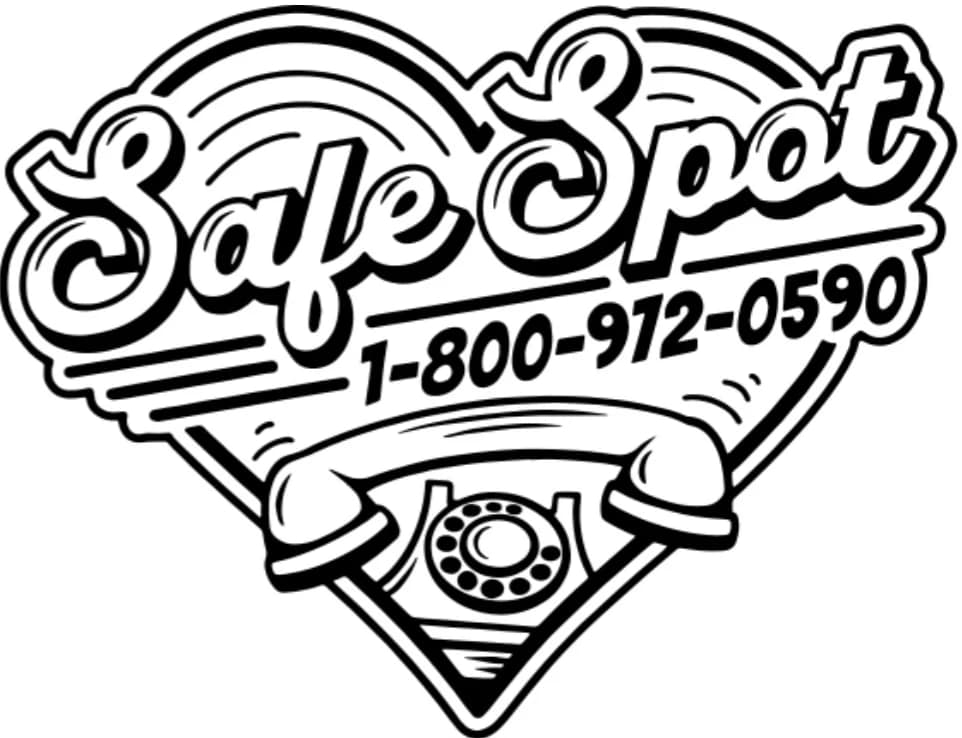
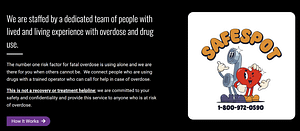

Saving a life doesn’t just change one moment—it creates a ripple that touches countless others, reminding us all of the power of hope and second chances.
How Many Lives Could Have Been Saved?
It’s heartbreaking to think about how many lives might have been saved if services like SafeSpot had existed sooner. The opioid epidemic has taken far too many people from us, including friends, family members, and loved ones.
For years, the general public and healthcare systems were ill-equipped to respond to the rising tide of opioid overdose deaths. The absence of overdose prevention services meant that countless individuals were left to face the risk of overdose alone.
Had SafeSpot and similar drug overdose prevention initiatives been in place earlier, it’s likely that thousands of lives could have been saved. People might still be here today if they had access to naloxone kits, fentanyl test strips, and someone willing to stay with them during their most vulnerable moments. With drug use and overdose rates climbing in recent years, it’s painful to think about how many lives were needlessly lost due to the lack of immediate help and harm reduction services.
In retrospect, the urgency to establish a service like SafeSpot is clear. Non-fatal overdoses could have been prevented from becoming fatal, families could have been spared the heartache of loss, and many people would still be alive. We’re here now, working tirelessly to prevent future deaths, but it’s a reminder that prevention efforts must be prioritized if we are to save as many lives as possible moving forward.
Additional Resources & Support
SafeSpot also connects callers to resources to help find treatment options, including evidence-based treatment programs, medical assistance, and other types of treatment for those ready to take the next step toward recovery. We can point people to resources to find healthcare providers, community members, and public health systems to offer a multifaceted approach to substance use disorder.
For more information, check out my RESOURCE page and gov websites for the latest on overdose prevention training, or contact us directly to get literature, cards, or to learn more about SafeSpot.
Key Takeaways
- Overdose Prevention is Critical: SafeSpot offers lifesaving overdose prevention services and provides harm reduction support to people requiring our services.
- Understanding the Signs of an Overdose: Knowing the signs of opioid overdose and carrying naloxone can save lives.
- Resources and Support: SafeSpot offers individuals additional resources, access to treatment-finding options, and social support to reduce substance use-related harms.
- Community Efforts: Overdose prevention efforts and national initiatives, such as the Governor’s Overdose Task Force, are vital in combating the opioid overdose crisis.
In Conclusion
As someone who suffered immensely in a nightmare cycle of addiction and incarceration before addiction was determined to be a disease, I can see that harm reduction is a massive win for our team. My life was wasted in jail for petty, non-violent, drug-related offenses before addiction was considered a disease.
I was called a program failure when I had never been to any program, and I was made into the example as a woman who was addicted to heroin and was forced to bring drugs from out of town to sell to support my habit, though never charged with sales before addiction was considered a disease.
I was incarcerated with around seventy-five women who all basically grew up in that jail with me. Every time we went back, no matter what it was for, we were ripped off our mental health meds and maintenance medications, and we were thrown in the hole, in my case sometimes for months. When they believed we were all detoxed they brought us to another locked-down unit where we couldn’t go outside or order commissary. All of these punitive measures for substance users when all of the murderers and kid crimers were walking around freely. We were punished over and over by a failing system that only wanted to incarcerate, not rehabilitate.
This still happens and it’s why I do what I do. It’s why I fight the good fight, and I won’t give up. I don’t want anyone to have to go through what I went through, so when I say harm reduction is a win, I mean it. I have seen where we’ve been, and I don’t have a clue where we are going, but my aim is to normalize sobrietry and recovery, raise awareness, advocate prevention, and reduce stigmatization and discrimination against individuals that use substances because I never got any of that and the moment I did don’t you know I was able to prove them all wrong and show them what we can do daily—progress not perfection, friends.
Please spread SafeSpot’s number and be a part of the solution. When you call, be sure to thank Stephen and our operators for being the rock stars they are.
If This Post...
If this post resonated with you or you have something you would like to add or share, please do so in the comments below. You know I love to hear from you. You could also support my work by liking, sharing, commenting, subscribing, following, and registering to join our free-of-charge, supportive, all-inclusive, judgment-free, meet-you-where-your-at online community where teachers learn, and learners teach all while working together to #provethemallwrong and #showthemwhatwecando.
In our support forums, you can give support or receive support all on the same day. This community is for all of us who are more progressors, less perfectors. Addiction is not a prerequisite. All are welcome. This is a new, growing community, so please have patience, and if there are any issues, please contact me at [email protected]
Post Off Quote
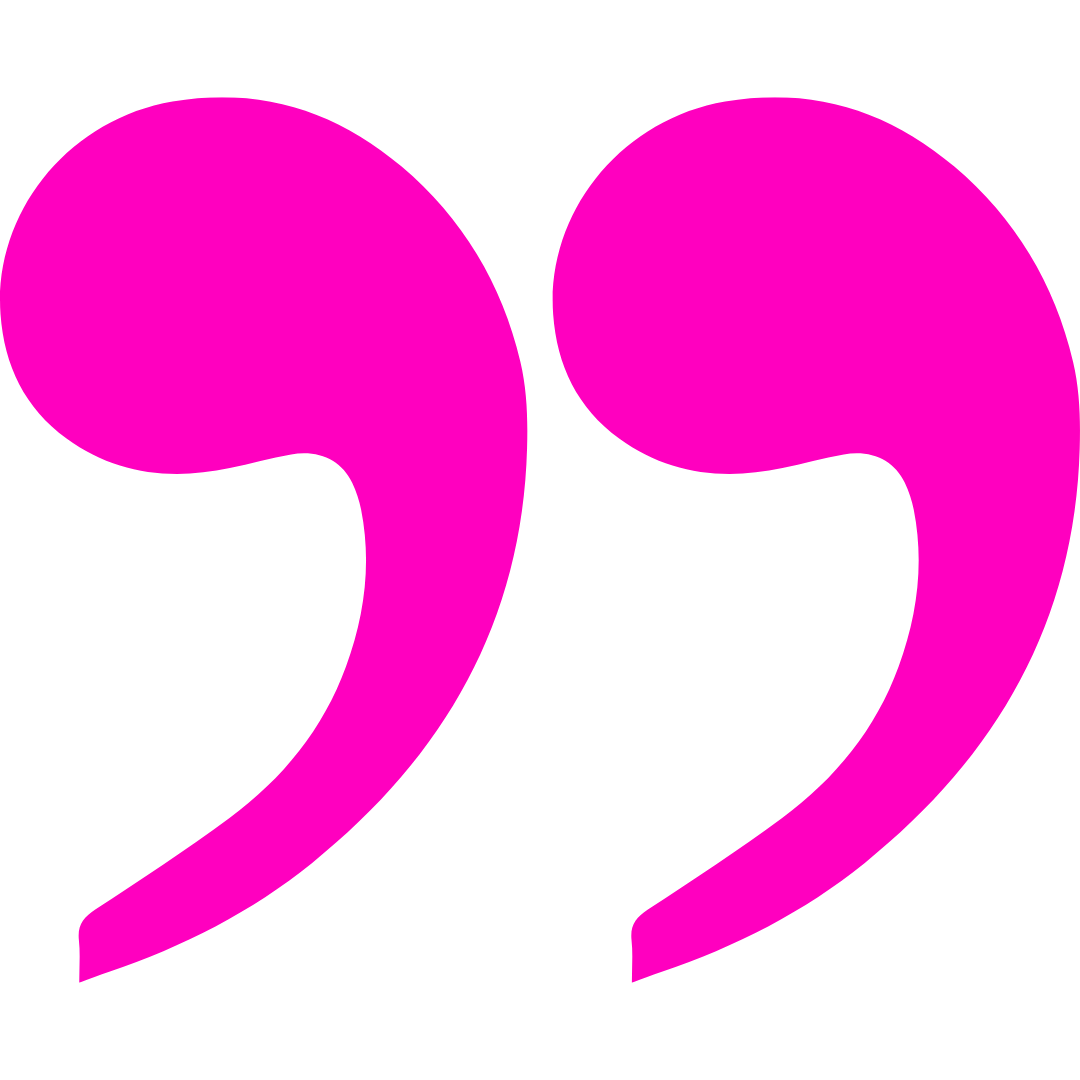
“One of the principal harms of the drug war is that society fails to treat people with dignity. And to me, a prosecutor disrespecting the wishes of a person who dies of drug overdose would just be one more act of turning their backs on people who needed help.”
– Grey Gardner, a lawyer with the Drug Policy Alliance
Post Off Affirmation

It is OK for me to talk to others about what I am thinking and feeling because emotions are HEAL-thy. I am HEAL-thy.
2 Comments
Share your experiences, feedback, input, or opinions below. You know we love to hear from you, and what you have to say might justy help someone today.
Join
Work With Me

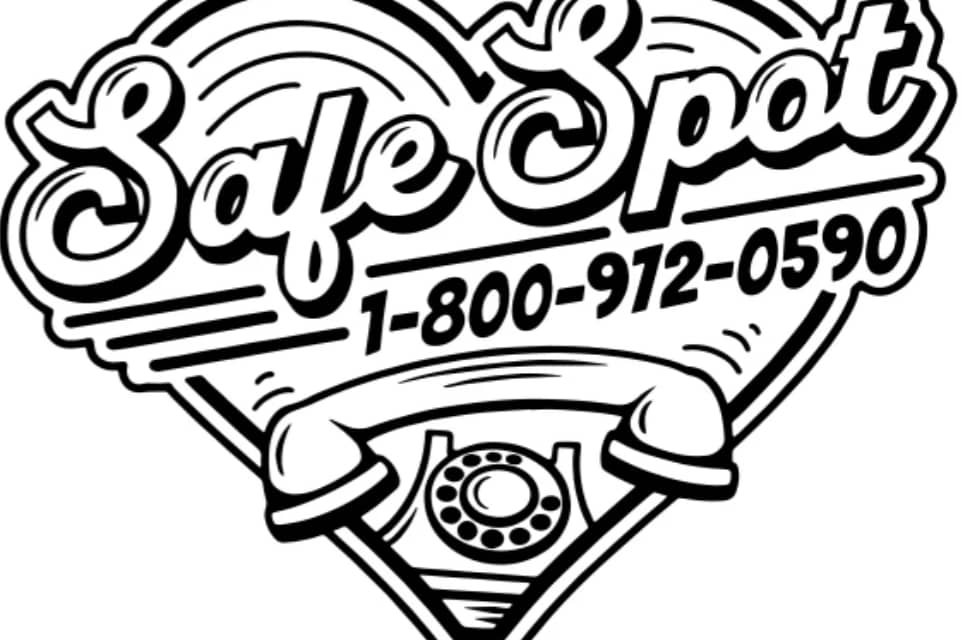


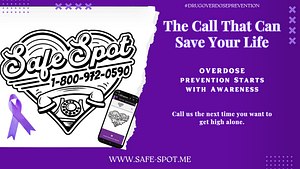
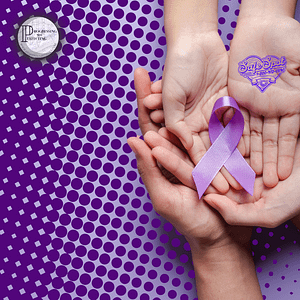







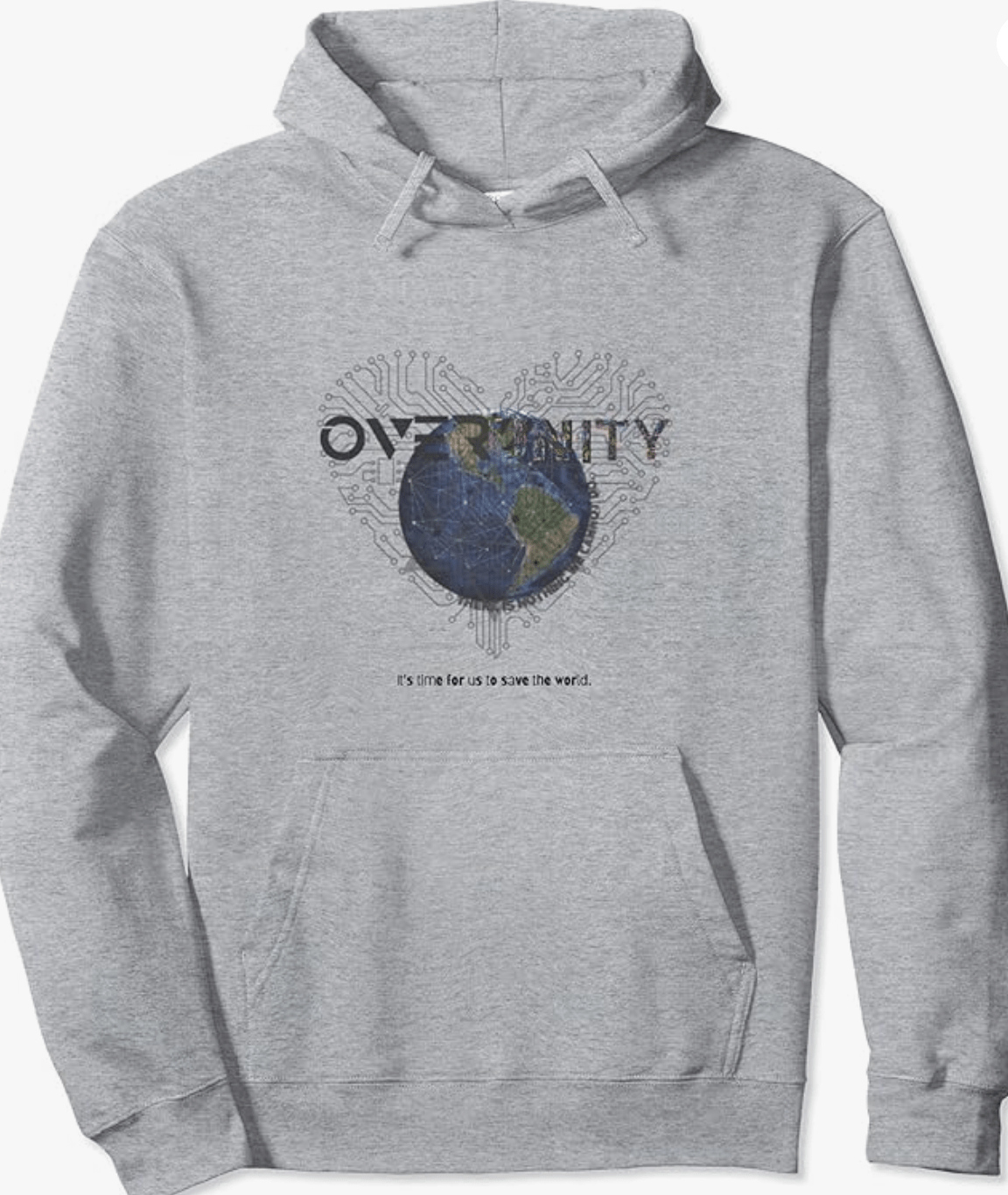
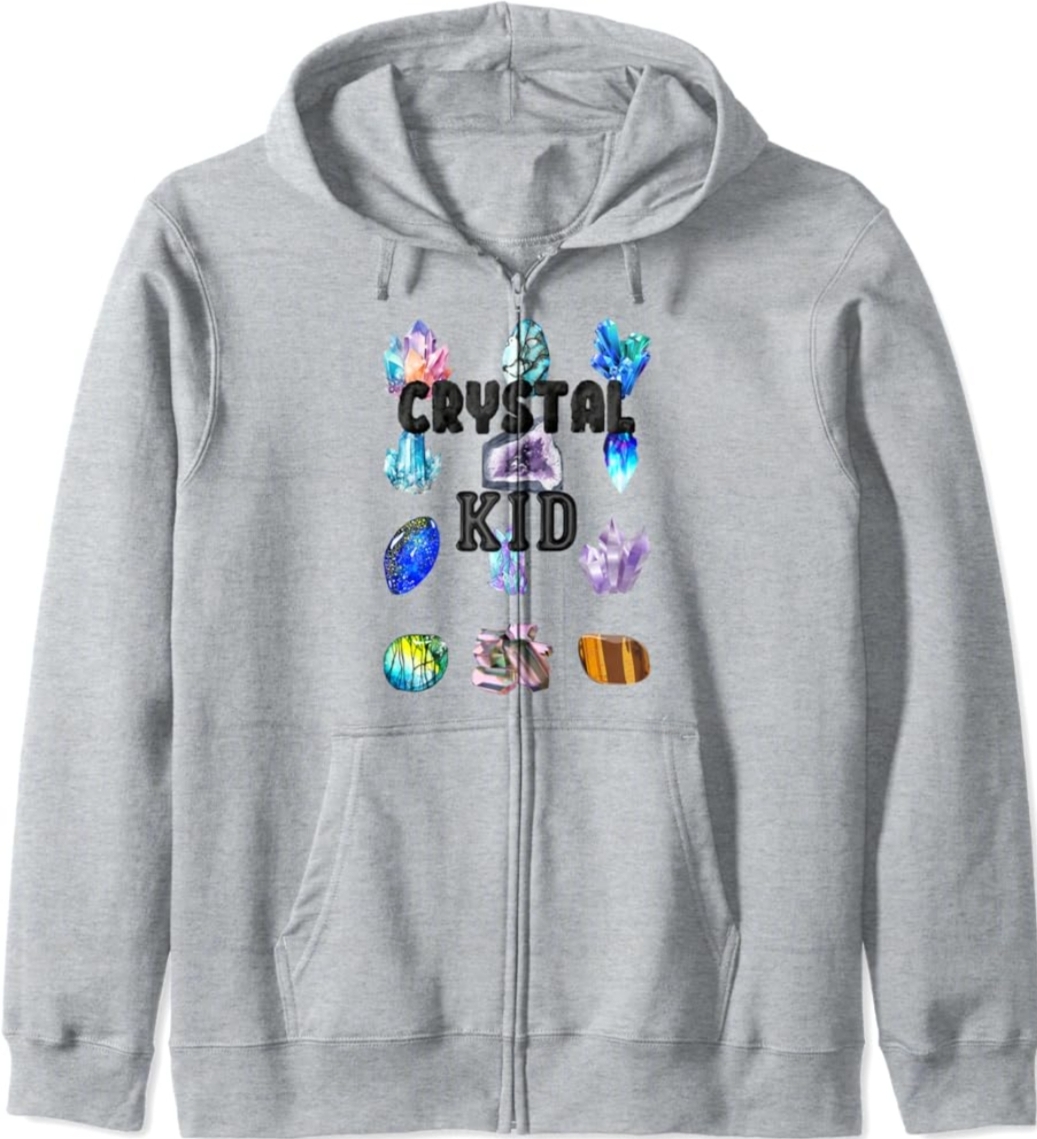
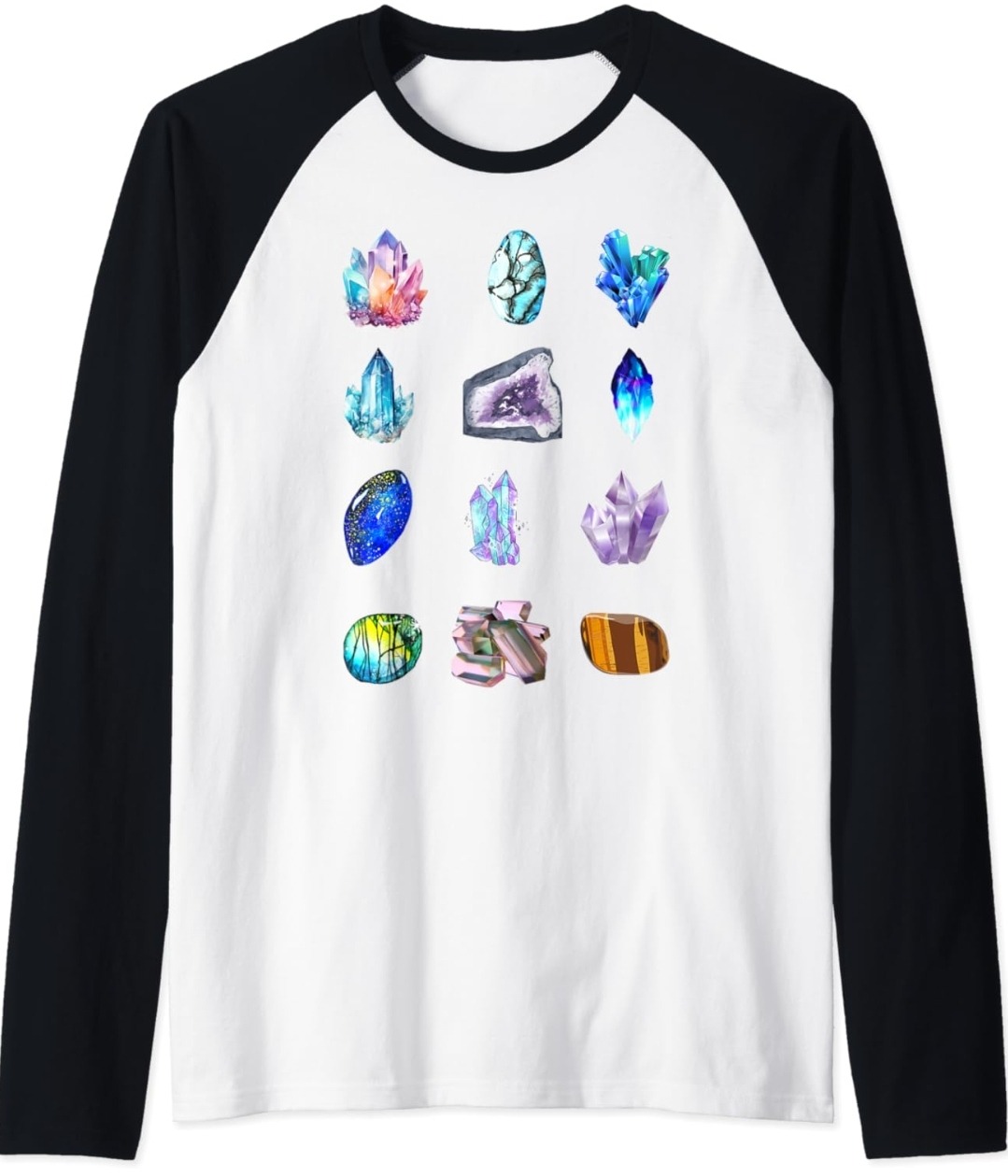
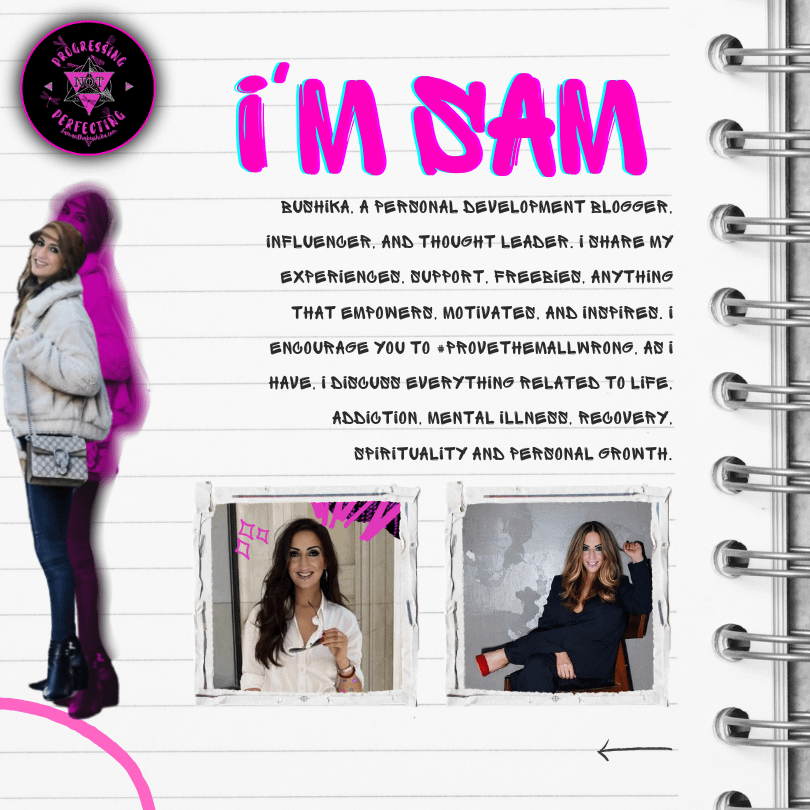
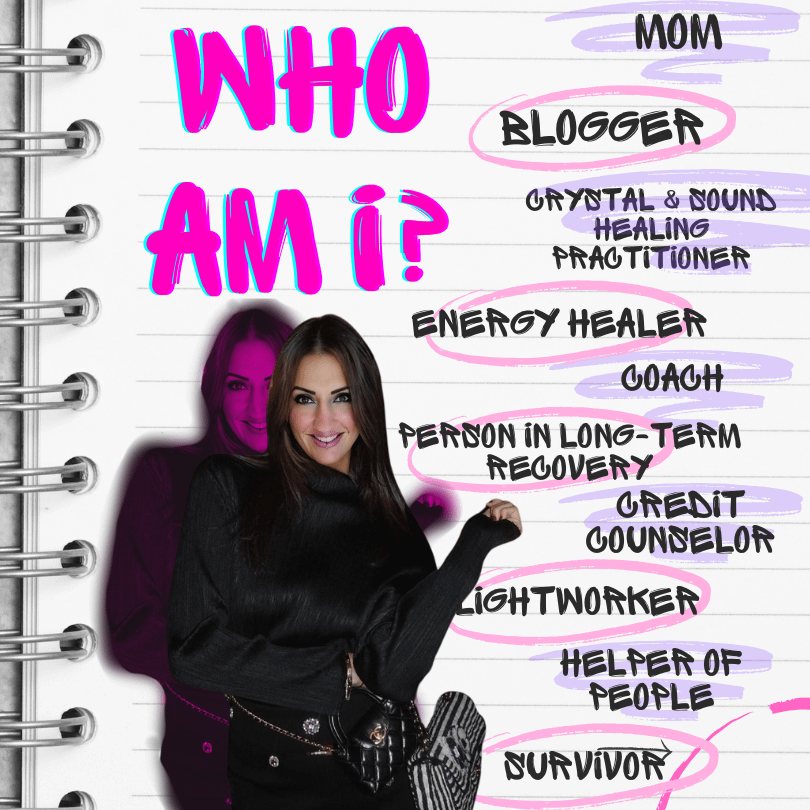
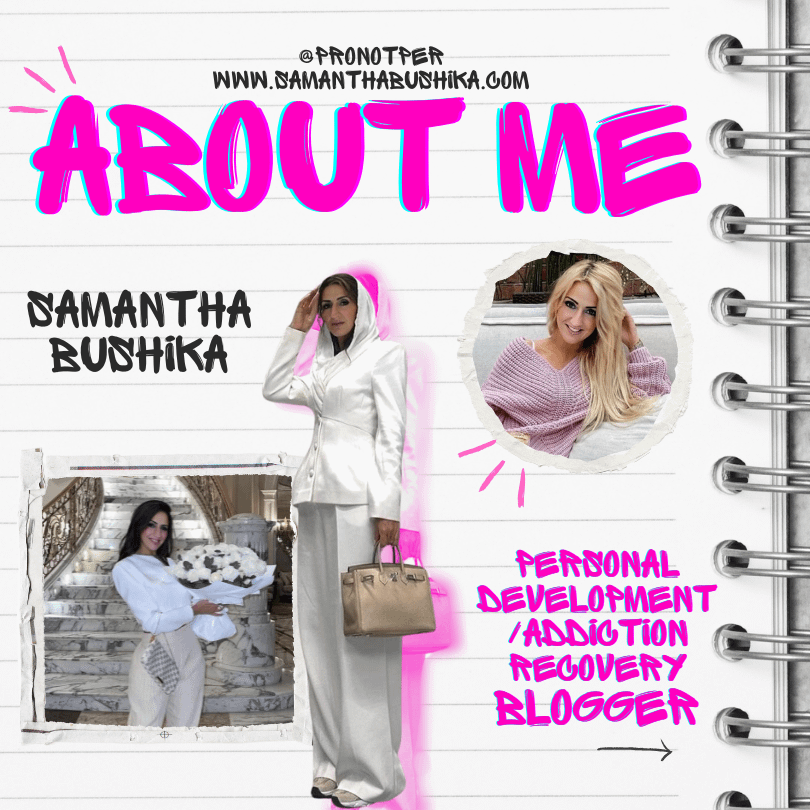






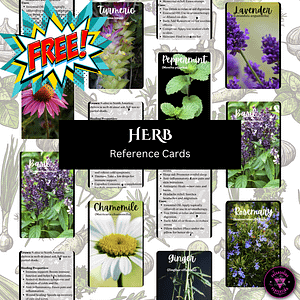
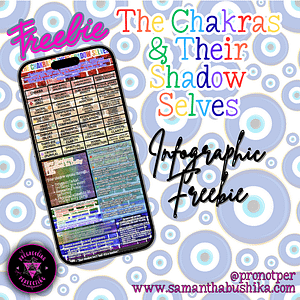








I put it in my phone because even if I’m sober I might come accoss others that arent. Another great post. Thanks, Sam!
<3